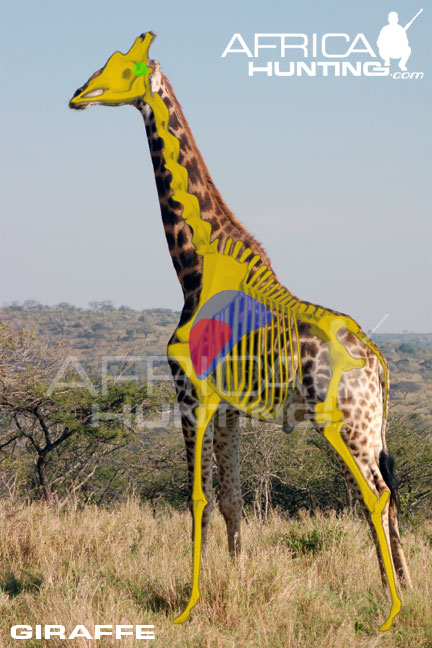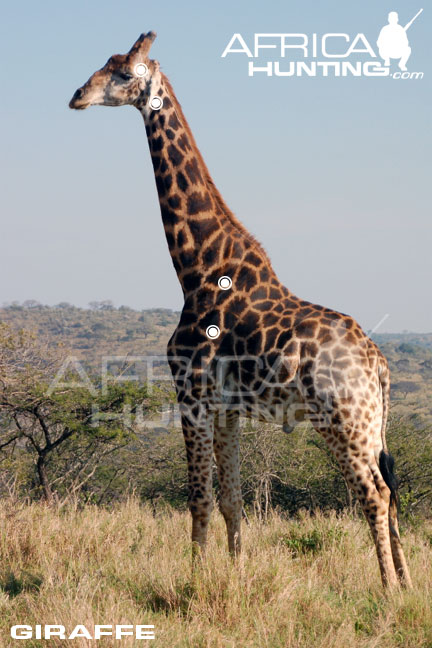I load the 416 Weatherby with an intermediate load going about 2,600 at the muzzle which is almost 200 fps faster than the 416 Remington. It is accurate but the recoil will loosen teeth so I should modify the above. The 416 Weatherby is highly accurate IF you can stand it. I've had a couple of retinal problems and I wouldn't be surprised if that Weatherby was a factor. It also has another negative. At the time I bought it, Weatherby wouldn't sell it without a muzzle break which may cut the recoil slightly….but…you need to be extremely cautious that there's nobody standing where they might receive the sideways muzzle blast.
I love to experiment, so I asked myself how the recoil of a 10 gauge magnum shotgun compared with the 416 weatherby if you take it to a RIFLE range. That is to say, what is the recoil of a 10 gauge magnum shotgun like if you sit at the bench, aim it carefully and s q u e e z e it off. Well, old 10 gauge is a whopper but still doesn't compared to Mr. Weatherby's 416.
The 416 Weatherby wound [solid] on that gut shot bull elephant I mentioned was an EXIT wound. The bullet shot through a clump of thick bamboo and completely thru the elephant. The entrance would have been higher and further forward on the opposite side. My guess is that it caught the liver or spleen and the animal bled out.
I certainly believe in 'using enough gun' and, in case an animal does run off and needs tracking, I much prefer a weapon that will shoot clean thru the beast leaving a bleeding exit wound. I have used the 300 Winchester, loaded with 180 Nosler partitions a lot and have been well-satisfied although the bullet is usually mushroomed up under the far side skin in an intermediate size animal [no exit wound]. So I've experimented with the Barnes TSX in several calibers. I get more exit wounds but you get 'nuthin' for nuthin'. It only mushrooms up [cloverleafs] to about 60% of the comparable Nosler partition.
Another weapon and bullet I've experimented extensively with are the 220 Swift loaded with a 45 grain Barnes solid. This is no giraffe rifle, obviously, but what a zinger! I mostly shoot feral hogs with it. I don't shoot them in the head but in the chest from various angles. I've shot maybe 25 hogs with it now and all have gone down as if poleaxed. The largest I've shot was a 300 pounder, as big as they get out here. If shot broadside, the tiny bullet shoots clean thru even if it hits major bone. The bullet doesn't seem to tumble. I've shot a few deer with it including one major buck. No deer have escaped. I also shot a mountain lion that happened to sneak some deer I was watching. He was going almost straight away. I shot him in the rear abdomen and the bullet came out under his chin.


